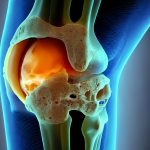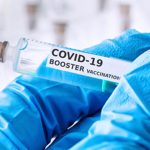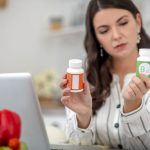
Nearly one-third of Americans live in counties with unhealthy air, according to a new report from the American Lung Association. One in three, or 120 million, people lives with unhealthy levels of ozone or particle pollution, the “State of the Air” report says. While air quality has improved overall, there are major differences between Eastern and Western states and in air pollution exposure for white people and people of color, according to the association. “The good news is that ozone pollution has generally improved across the nation, thanks in large part to the success of the Clean Air Act. In this year’s ‘State of the Air’ report, we found that 19.3 million fewer people are living in areas with unhealthy levels of ozone pollution, also known as smog,” said Harold Wimmer, national president and CEO of the association. “However, the fact is that 120 million people still live in places with unhealthy air pollution, and not all communities are seeing improvements. This is why it is crucial to continue our efforts to ensure that every person in the U.S. has clean air to breathe,” Wimmer added in an association news release. The report, which covers 2019 to 2021, found about 54% of those living with unhealthy air quality were Black Americans and other minorities. People of color were 64% more likely to live in a… read on > read on >


















